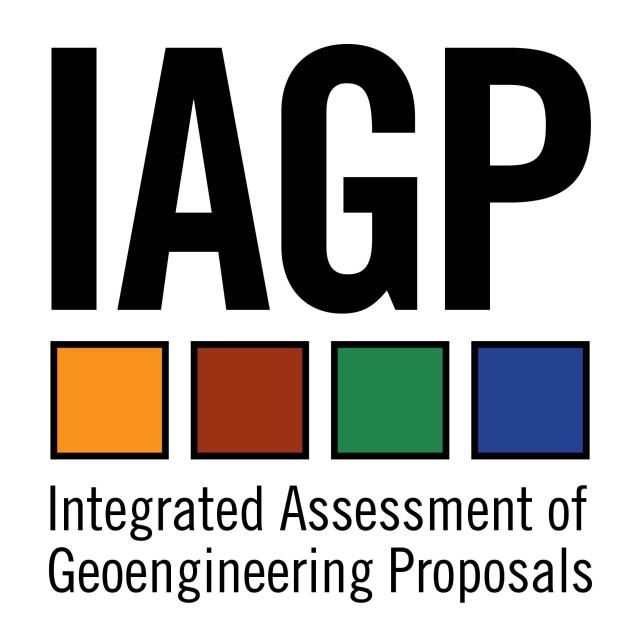You are hereIAGP Research / 3. Using computer models to evaluate the climate effects of geoengineering proposals
3. Using computer models to evaluate the climate effects of geoengineering proposals
Evaluating the effectiveness and side-effects of geoengineering by using state-of-the-art computer climate models has been a major component of IAGP's research. This research has taken place at the Universities of Leeds and Bristol, and has been supported by the Met Office.
Many geoengineering proposals have been simulated, including solar geoengineering techniques such as increasing the reflectivity of crops, deserts, seas and marine clouds, as well as forming particles in the stratosphere. Carbon dioxide removal geoengineering has also been considered by looking at ocean acidification, the carbon cycle, and the climate at longer time-scales.
Some of the findings of this research are presented in Briefing Note 4.
Publications
- Jenkins AKL, Forster PM and Jackson LS. "The effects of timing and rate of marine cloud brightening aerosol injection on albedo changes during the diurnal cycle of marine stratocumulus clouds." Atmospheric Chemistry and Physics. 2012;(9).
- Andrews T et al. (including Forster PM). "Cloud Adjustment and its Role in CO2 Radiative Forcing and Climate Sensitivity: A Review." Surveys in Geophysics. 2012;33((3-4) 2012):619-635.
- Crook J, Forster PM. "A balance between radiative forcing and climate feedback in the modeled 20th century temperature response." Journal of Geophysical Research. 2011;116.
- Crook J, Jones L, Forster PM, Crook R. "Climate change impacts on future photovoltaic and concentrated solar power energy output." Energy and environmental science. 2011;4.
- Irvine PJ, Ridgwell A, Lunt DJ. "Climatic effects of surface albedo geoengineering." Journal of Geophysical Research. 2011;116, D24112.
- Ridgwell A, Rodengen TJ, Kohfeld KE. "Geographical variations in the effectiveness and side effects of deep ocean carbon sequestration." Geophysical Research Letters. 2011;38, L17610.



